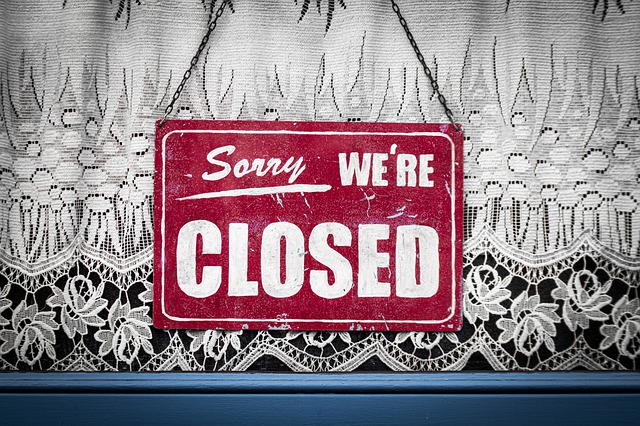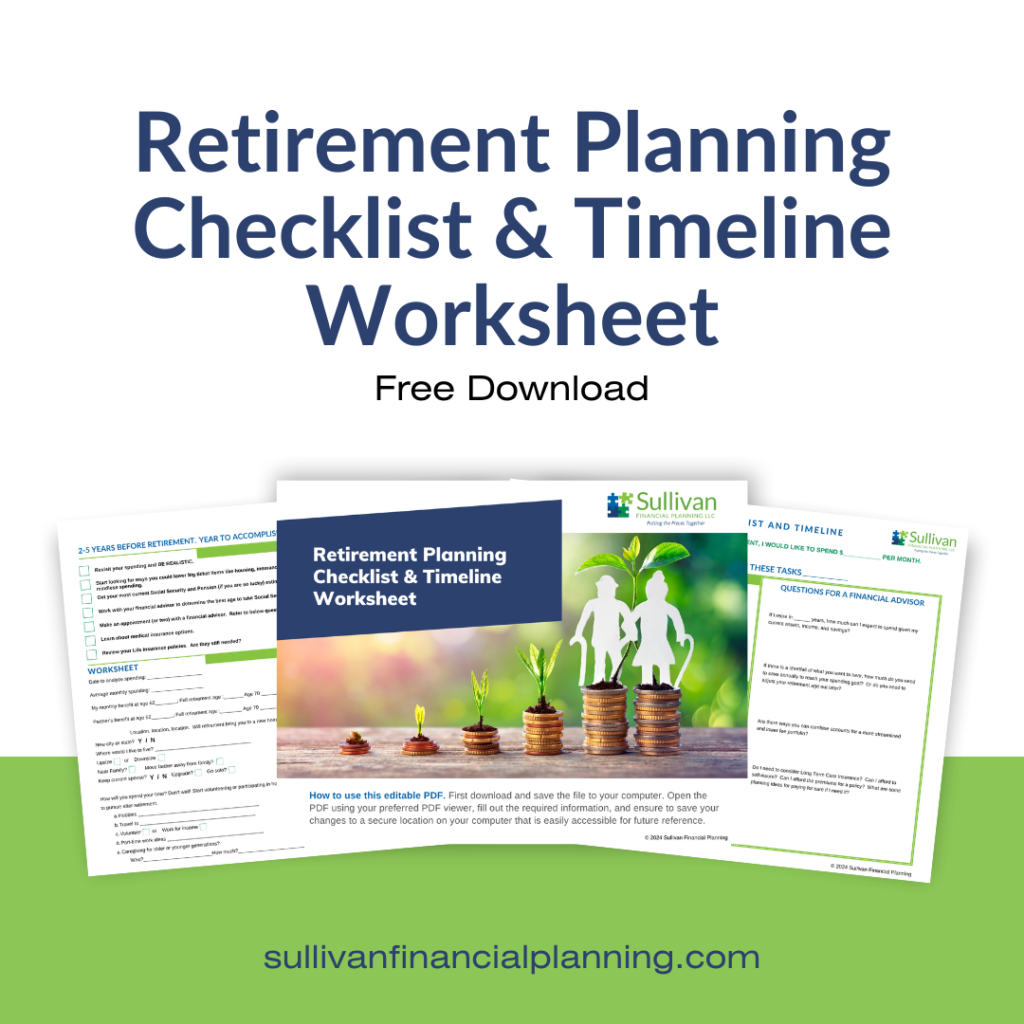Many people are looking at a drop or loss of income due to the coronavirus shutting down 25% of the economy. I’ve been reading about hardships for everyone from optometrists to restaurant workers to minor league baseball players. If your business shuts down, there is no income whether you are butcher, baker, or candlestick maker.
Now what? Bills must be paid, government stimulus may be weeks or months away and it certainly won’t be like your previous income. Time to turn to savings, but in what order? Here is a very general list of what to spend first or last. Of course, consult your financial advisor and/or tax professional for your own situation.
1. Savings, checking, or money market accounts.
You have money set aside here for emergencies so now’s the time to use it.
2. Investments that are not in retirement accounts.
There are no IRS penalties for taking money out of these accounts. As for what to use first within these accounts, go for your bond funds first, stock funds last. There could be tax loss harvesting opportunities, so, again, work with your financial and tax advisor on a plan tailored to you.
3. Roth IRA principal.
Roth IRAs are unique to retirement accounts in that you can take out the money you put in at any time without taxes or penalty. For example, if your Roth IRA is worth $20,000 and $10,000 was money you wrote a check to contribute, you can take that $10,000 out without tax or penalty.
Note, 529 college savings plans work the same way. If you need to, you can get your contributions out of the accounts without tax or penalty.
4. Life insurance cash values.
Not too many people have this, but if you do, you can take it out tax and penalty free. Your death benefit may be reduced by the withdrawal, so check your policy to understand all implications.
5. Home equity line of credit.
If you have this in place and feel confident your income drop is temporary, this is a good way to give yourself a bridge loan. For those over age 62 with at least 50% equity in your home, a reverse mortgage is an option to check out.
6. 401(k) loans.
The new CARES act has made 401(k) loans larger, so you can take money out temporarily and pay it back when the paychecks start flowing again.
7. IRA and 401(k) Hardship Withdrawals.
If you can document the withdrawal is because of the pandemic, early withdrawals can avoid the 10% IRS penalty. However, withdrawals will be taxed at regular income tax rates. The other downside is that you will be selling investments while they are down and losing out on longer term potential growth for retirement.
8. Credit cards.
The last place you want to go for obvious reasons. After you have exhausted all other options, this may be what you need to use.
Don’t just take my word for it. My gal Christine Benz at Morningstar wrote a great article on this very thing last week. CLICK HERE for the full article.



